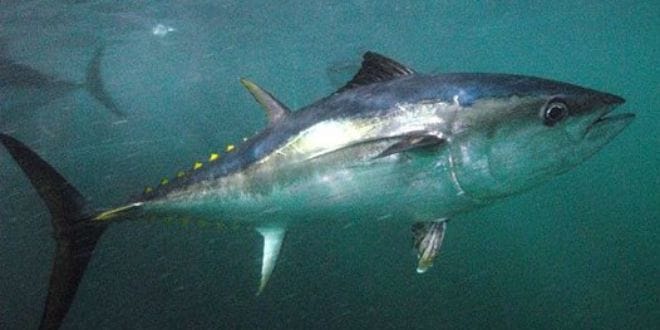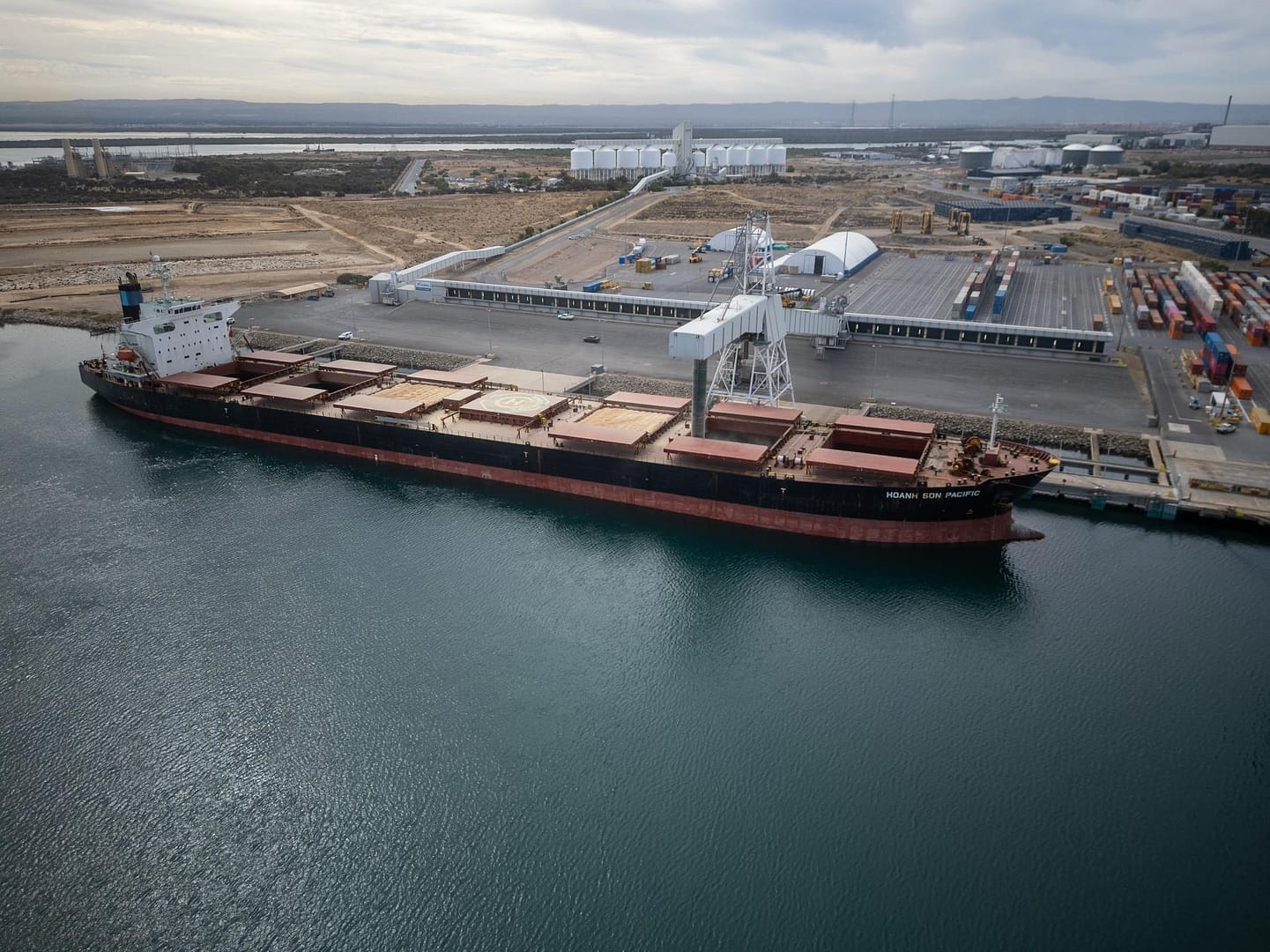The Importance of Bluefin Tuna in South Australia
Bluefin tuna in South Australia represents a thriving industry that plays a significant role in the global seafood market. South Australia, particularly Port Lincoln, is the heart of the country’s Southern Bluefin Tuna (SBT) industry. As the largest producer of SBT in the world, Australia is a key player in the global market, with Japan being the primary consumer. However, emerging markets, such as China, present new and promising opportunities for expansion.
With an increasing global demand for high-quality Bluefin tuna, South Australia stands to benefit by capitalising on its strong regulatory framework, sustainable fishing practices, and premium product positioning.
Bluefin Tuna Fisheries and Global Market Trends
Bluefin tuna fisheries are subject to strict regulations worldwide, ensuring sustainability and preventing overfishing. The Commission for the Conservation of Southern Bluefin Tuna (CCSBT) manages global quotas, with the aim of rebuilding stocks to at least 20% of their original spawning biomass by 2035. Australia’s catch limits were increased by almost 10% in 2014-15 to 5,665 tonnes, with expectations of further growth.
Despite concerns about Bluefin tuna being classified as an endangered species in some regions, South Australia’s sustainable farming model offers a unique advantage. The region’s wild-capture and grow-out method ensures a year-round supply of high-quality tuna while reducing mortality rates. This gives South Australian producers a competitive edge in the global market.
The Global Demand for Bluefin Tuna
China
The demand for Bluefin tuna in China has grown significantly, driven by an emerging affluent class with a taste for premium seafood. While the Taiwanese industry dominates the market, South Australia has an opportunity to establish a foothold by marketing its high-quality, sustainably farmed Bluefin tuna.
Hong Kong
Although the Hong Kong government has banned Bluefin tuna from official government functions due to its critically endangered status, it remains popular among consumers. South Australia can position itself as a sustainable and high-quality alternative for this market.
India and Indonesia
While there are no significant opportunities currently identified for South Australian Bluefin tuna in India and Indonesia, Indonesia remains the third-largest harvester of SBT in the Asia-Pacific region, behind Australia and Japan.
Japan
Japan is the largest consumer of Bluefin tuna, particularly for sushi and sashimi. With domestic production unable to meet demand, imports play a crucial role. However, Japan has implemented restrictions on immature Bluefin tuna to curb overfishing, which presents both challenges and opportunities for Australian exporters.
Malaysia, Singapore, and South Korea
Malaysia has limited demand for Bluefin tuna, primarily among the small Japanese expatriate community. In Singapore, high-end sushi restaurants are the primary consumers, but awareness of Bluefin’s endangered status may impact demand. South Korea, where Bluefin tuna (known as guromaguro) is a luxury food, has seen growing demand in line with rising wealth. South Korea has agreed to regulate juvenile Bluefin fishing, and there is currently a ban on imports from Japan, opening a window for South Australian exporters.
The Competitive Advantage of South Australian Bluefin Tuna
South Australian Bluefin tuna enjoys several key advantages that differentiate it from competitors:
- Sustainable and well-managed fisheries: The region’s strict catch management policies ensure long-term sustainability, which enhances consumer trust.
- Year-round supply: Unlike purely wild-caught Bluefin, South Australia’s farmed tuna guarantees consistent availability.
- Premium positioning: Australian seafood enjoys a ‘clean and green’ reputation in global markets.
- Diversified export opportunities: While Japan remains the primary market, growth in China and other Asian countries presents new avenues for expansion.
Addressing Industry Challenges and Future Growth Strategies
To fully capitalise on the growing demand for Bluefin tuna in South Australia, industry stakeholders must address key challenges:
- Export Market Diversification: Currently, two Japanese freezer vessels take up to 80% of South Australian Bluefin tuna, limiting price negotiation power. Expanding beyond Japan into China and other markets will improve bargaining positions and reduce risk.
- Trade Agreements and Tariffs: While free trade agreements (FTAs) with Japan and China are gradually reducing tariffs, competition from other countries (e.g., Mexico via the Trans-Pacific Partnership) could impact Australia’s advantage. Developing new markets outside Japan is essential.
- Value-Added Products: The global market is shifting towards value-added seafood products, such as Bluefin tuna loins instead of whole fish. South Australia can take advantage of this trend by positioning its tuna as a premium, high-quality product.
- Marketing and Branding: A strong, industry-wide marketing strategy, similar to Norway’s successful promotion of salmon in China, will help position South Australian Bluefin tuna as a premium choice for consumers worldwide.
The Unique Cuts of Bluefin Tuna
Southern Bluefin Tuna is prized in the world of sashimi due to its rich flavor and deep red color. The fish is primarily sold in three traditional Japanese cuts:
- Akami: Meaning “red meat,” this cut is taken from the top loin, shoulder, and tail. It is the most abundant and widely used portion, known for its vibrant color and clean taste.
- Otoro: The most luxurious cut, otoro comes from the fatty belly section. With a melt-in-your-mouth texture, it is highly sought after and commands the highest price.
- Chutoro: A perfect balance between akami and otoro, chutoro is found in the belly fillet just behind the otoro section. It offers both meaty and fatty textures, making it a premium choice for sushi connoisseurs.
Conclusion
Bluefin tuna in South Australia is a thriving industry with strong global demand, particularly in Japan and emerging Asian markets. By addressing industry challenges, diversifying export destinations, and implementing a robust marketing strategy, South Australia can solidify its position as a global leader in sustainable Bluefin tuna production. With its well-managed fisheries, year-round supply, and premium product quality, South Australia is well-placed to capitalise on the growing demand for this prized seafood delicacy.



One thought on “The Bluefin Tuna Industry in South Australia: A Growing Opportunity”